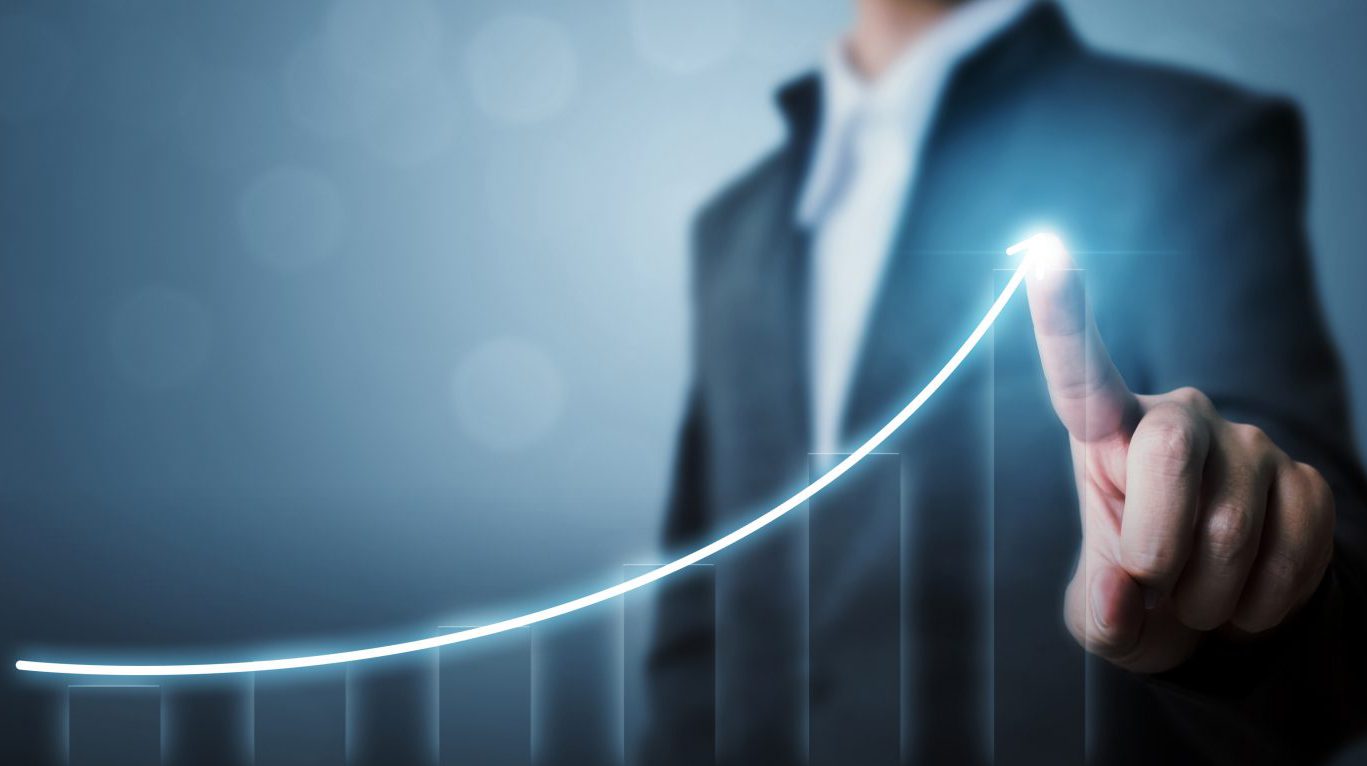Investing
Goldman Sachs Targets 5 Thematic ETFs for Next Wave of Innovation With Motif

Published:
Last Updated:

A saying has become common among the investment community: There’s an ETF for that. And chances are high that it’s true. Still, many companies want their own piece of the market share of the world of exchange-traded funds.
Goldman Sachs Group Inc. (NYSE: GS) and Motif Capital have launched a joint effort to identify companies under some of the more exciting new themes influencing the future of the business culture and for people.
A new set of five ETFs has launched to target transformational innovations. There is at least some overlap in these themes, as has been seen with other thematic ETFs, but some target a range of sectors and sizes of the underlying companies. Also worth noting is that these ETFs all allow for non-U.S. domiciled companies to help make up the underlying indexes. After all, not all the world’s innovation is taking place within the United States.
Motif calls these part of the “Next Wave of Innovation.”
24/7 Wall St. has identified each new thematic ETF here, showing a simplified strategy and target from the Motif site. We also included the top 10 constituents listed in their subindex data as of February 28.
Data-Driven World (GDAT) targets data and the impact on the lifecycle of data delivery and processing. This includes artificial intelligence, big data, cybersecurity, Internet of Things and data infrastructure. The top index constituents as of February 28 were Intel, Microsoft, Alphabet, Nvidia, IBM, Amazon, Apple, Oracle, Cisco and SAP.
Finance Reimagined (GFIN) targets structural changes in the support and delivery of financial services. This includes technologies like the digitization of finance, blockchain and the rise of passive investing. Top constituents as of February 28 were MasterCard, Visa, PayPal, American Express, Square, Intuit, Fiserv, Fidelity National Information, Fleetcor and Wirecard.
Human Evolution (GDNA) targets the development of new knowledge, medicines and technologies for the treatment of human conditions. This spans precision medicine, robotic surgery, genomics, digital health and life extension. Its top constituents were Intuitive Surgical, Medtronic, AstraZeneca, Boston Scientific, Abbott, Fresenius, Johnson & Johnson, Novartis, Roche and Align.
Manufacturing Revolution (GMAN) targets the so-called factories of the future. This includes new materials and energy sources, robotics, 3D printing, renewable energy, drones and future mobility. The manufacturing revolution ETF’s underlying index included the top constituents as Dassault Systems, Tesla, ABB, Rockwell, Schneider Electric, Amazon, Honeywell, Toyota, Emerson Electric and Intel.
New Age Consumer (GBUY) targets consumer preferences of digital natives and their evolving tech-enabled lifestyle. These fall under e-commerce, the evolution of education, experiences over goods, health and wellness, social media, online video and music, and online gaming. The new age consumer index had among its top constituents Alibaba and Amazon of course, followed by Facebook, Tencent, Nike, Netflix, Pinduoduo, Adidas, Weibo and Booking Holdings.
Remember that all ETF constituents can change in weightings inside an ETF and can be replaced by other companies.
After two decades of reviewing financial products I haven’t seen anything like this. Credit card companies are at war, handing out free rewards and benefits to win the best customers.
A good cash back card can be worth thousands of dollars a year in free money, not to mention other perks like travel, insurance, and access to fancy lounges.
Our top pick today pays up to 5% cash back, a $200 bonus on top, and $0 annual fee. Click here to apply before they stop offering rewards this generous.
Flywheel Publishing has partnered with CardRatings for our coverage of credit card products. Flywheel Publishing and CardRatings may receive a commission from card issuers.
Thank you for reading! Have some feedback for us?
Contact the 24/7 Wall St. editorial team.